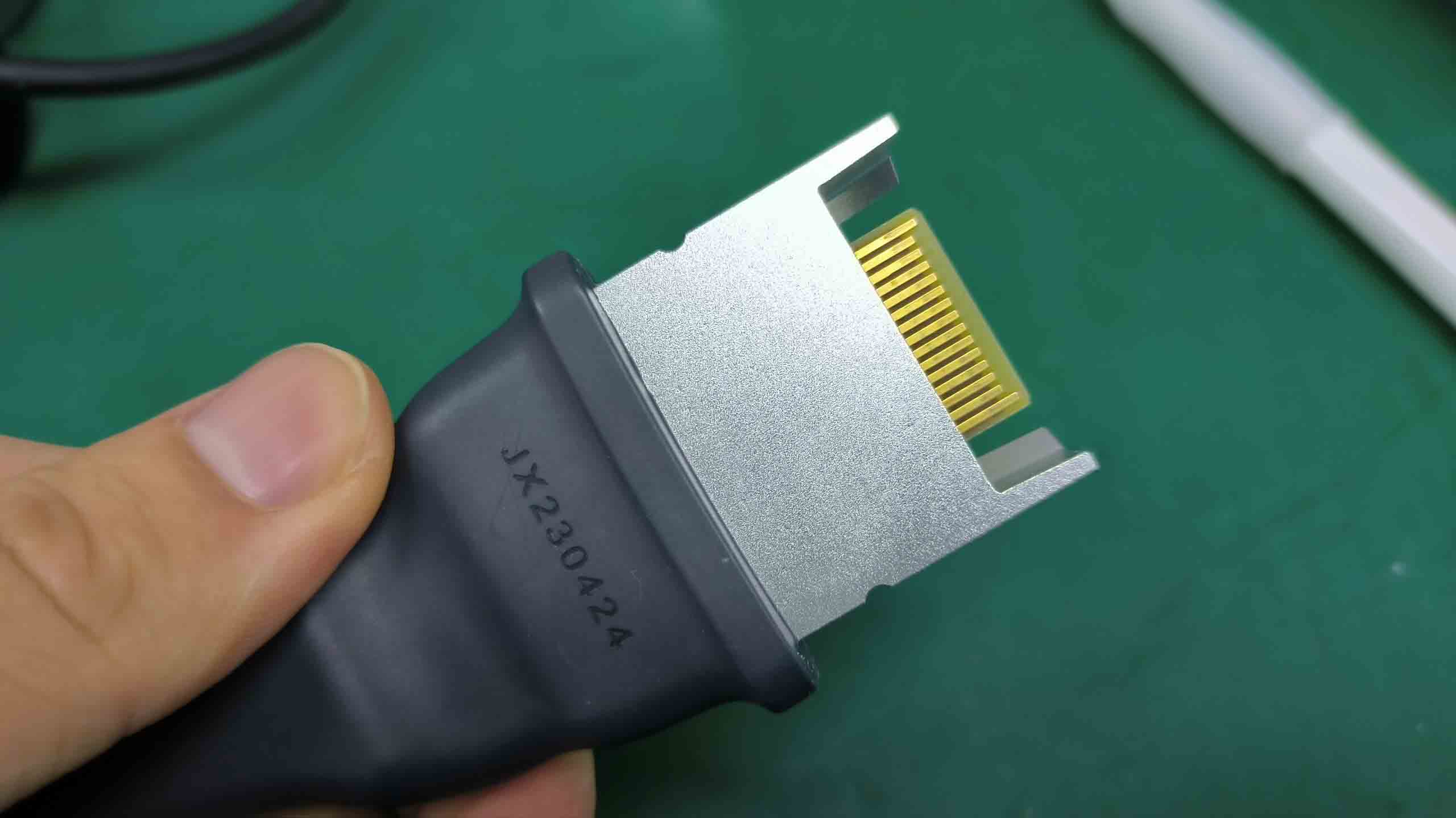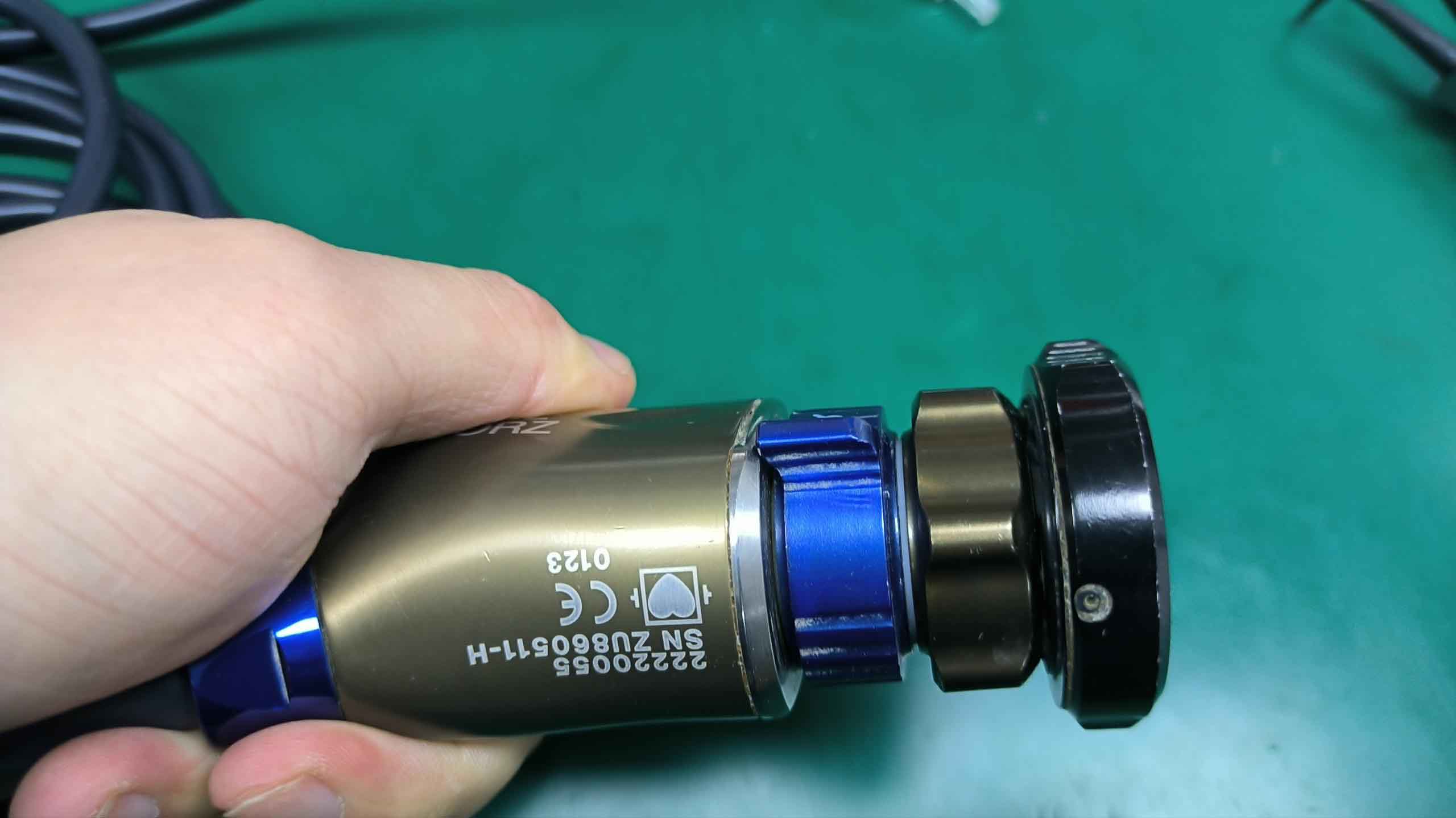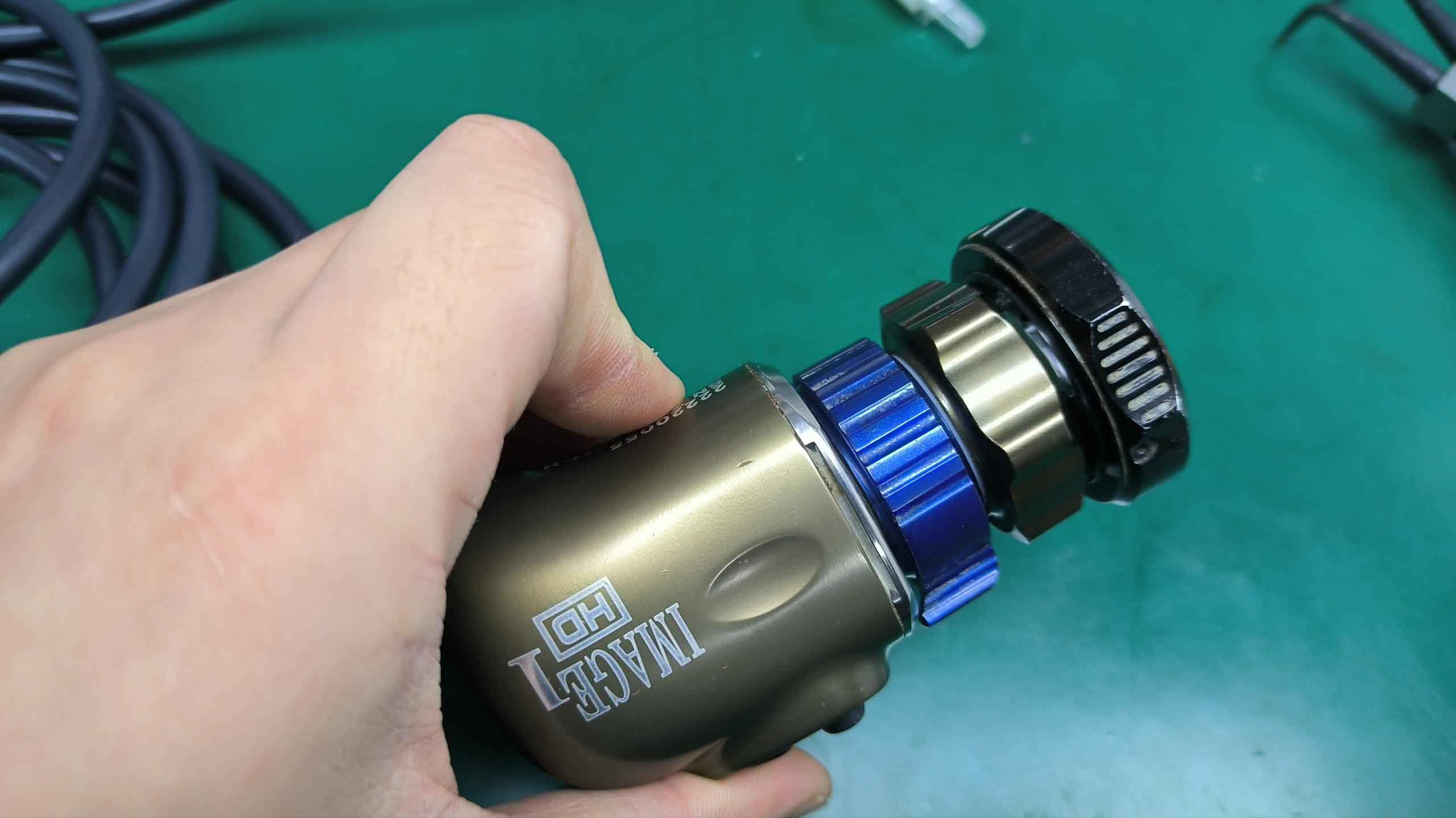Tel: 4008-266-720
E-mail: info@sihanmed.com
Tel: 4008-266-720
E-mail: info@sihanmed.com
Current status of medical endoscope imaging
Background
With the deepening of population aging and the promotion of domestic equipment substitution policies, the minimally invasive medical equipment industry has ushered in a good development prospect. Traditional medical endoscope camera systems use standard definition images for medical examinations and treatments, but due to the low image quality, it is easy to cause difficulties for medical workers to make accurate diagnoses. Medical practitioners have higher requirements for medical endoscope camera systems, mainly focusing on high definition and portability. Endoscopes are commonly used medical devices in minimally invasive surgery, including three parts: camera handles, light sources, and bayonet lenses. In order to meet the needs of medical staff, it is necessary to improve the existing medical endoscope camera systems.
Current Development Status of Medical Endoscope Camera Systems
Medical endoscope camera systems are widely used in clinical minimally invasive surgery and are cutting-edge technologies for modern surgical medical diagnosis and surgical treatment. However, there are some problems with current medical electronic endoscopes, including scattered components, large size, high production costs, and limited use environments. In addition, the resolution of the camera image after processing is low, which cannot meet the requirements of medical endoscopes for high-definition image quality.
Summary and Outlook
By integrating the design of various components of medical endoscopes, this study solves the problem of scattered and unportable components and improves the portability of medical endoscopes. The newly designed handle for medical endoscopes avoids cross infection and inadequate maintenance. The improved circuit structure of medical endoscope cameras meets the demand for high-definition image quality in the medical field. However, in the face of the widespread application of 5G technology, how to combine it with telemedicine and IoT medical care is still a difficult problem to be solved and requires in-depth research in the future.
Repair case
Equipment model: STORZ camera H3-Z
Appearance inspection: normal appearance with wear and tear
Fault detection: severe screen flickering after installation, slight offset of CCD repair
Fault cause: normal test after replacement of spare cable, poor contact caused by aging of internal signal line of cable.
Repair plan: replace new cable (compatible with peers), adjust CCD position












